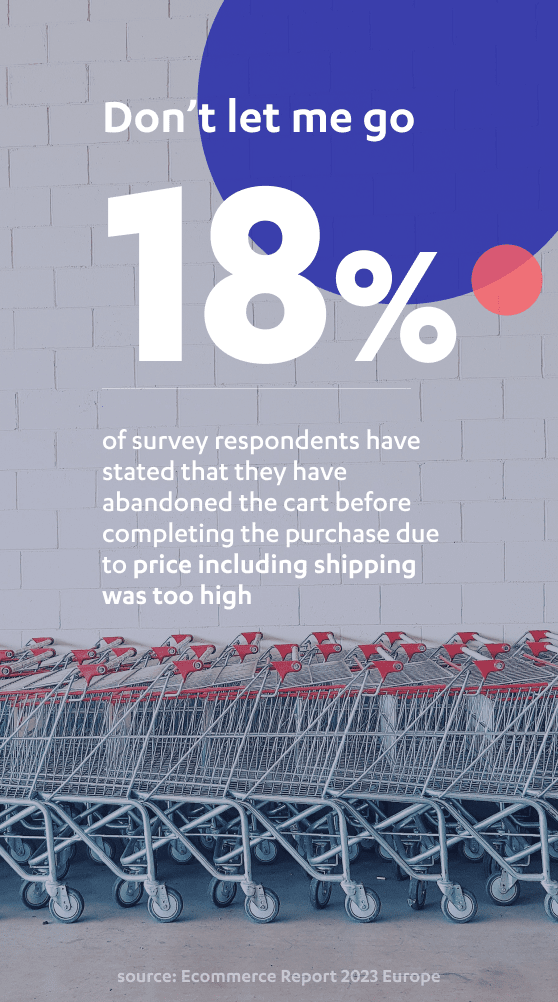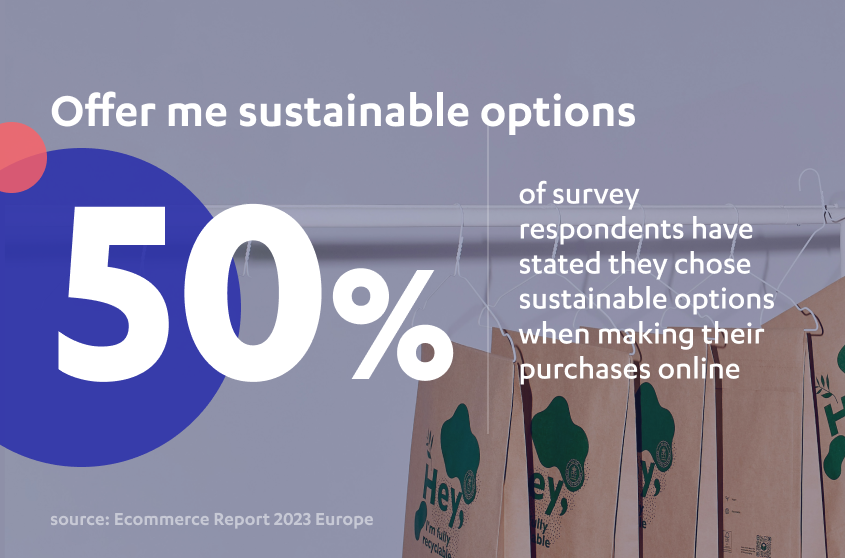Unpacking the challenges with free shipping
One of the most contentious aspects of last-mile delivery is the debate surrounding free shipping. While free shipping has become a widely adopted practice to entice customers to make more purchases and stay ahead of competitors, the financial and environmental costs are clearly adding up.
Free shipping undoubtedly plays a significant role in influencing consumer behavior. Studies have shown that free shipping can increase conversion rates, encouraging customers to complete their purchases and reducing cart abandonment by 18% according to the Nexi/Nets Ecommerce Report 2023. The perceived value of free shipping can make products seem more attractive, leading to larger order sizes and increased overall revenue.
However, over-reliance on free shipping can distort consumer behavior, leading to impulse purchases and increased returns. This, in turn, can strain logistics, contribute to unnecessary emissions, and ultimately hinder profitability.
In addition to the environmental strains of last-mile delivery, namely increased carbon emissions and traffic congestion, these unnecessary returns make matters even worse.
Moreover, all this pressure to provide rapid and free shipping has even led to unsustainable practices and worker exploitation, as seen among headlines in Sweden.









